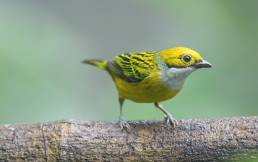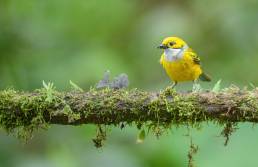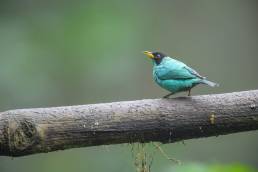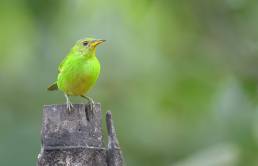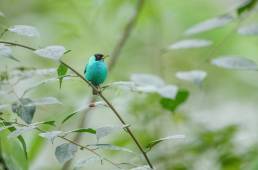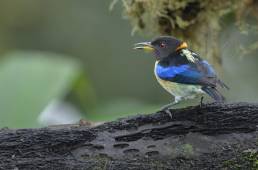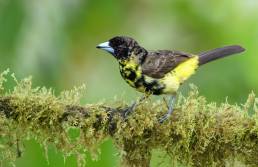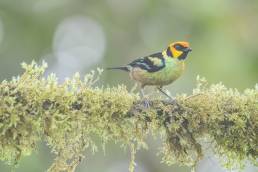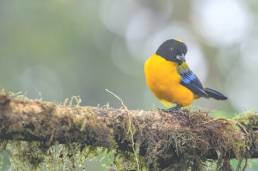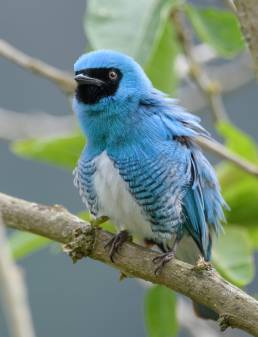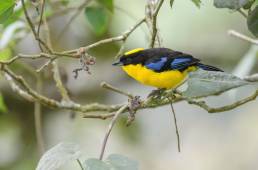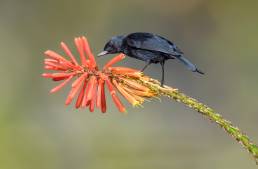21 Nov 2018
Silver-throated Tanager (Tangara icterocephala)
Silver-throated tanager (Tangara icterocephala) is commonly seen in its range in Ecuador, and frequently seen at…
21 Nov 2018
Silver-throated Tanager (Tangara icterocephala)
Silver-throated tanager (Tangara icterocephala) is commonly seen in its range in Ecuador, and frequently seen at…
21 Nov 2018
Green Honeycreeper (Chlorophanes spiza)
In most species humanity has named them after traits of the male, but some go for the female, as is the case for the…
21 Nov 2018
Green Honeycreeper (Chlorophanes spiza)
The female green honeycreeper (Chlorophanes spiza) blends in well with the foliage.
21 Nov 2018
Green Honeycreeper (Chlorophanes spiza)
In most species humanity has named them after traits of the male, but some go for the female, as is the case for the…
20 Nov 2018
Golden-collared Honeycreeper (Iridophanes pulcherrimus)
An incredible combination of colors and patterns. Although the golden-collared honeycreeper (Iridophanes pulcherrimus)…
20 Nov 2018
Lemon-rumped Tanager (Ramphocelus flammigerus ssp. icteronotus)
A juvenile female lemon-rumped tanager (Ramphocelus flammigerus ssp. icteronotus). The male is all black, except for…
20 Nov 2018
Flame-faced Tanager (Tangara parzudakii)
Most tanagers are incredibly colorful birds, and this is no exception. It's common in its range in Ecuador and visits…
20 Nov 2018
Black-chinned Mountain-Tanager (Anisognathus notabilis)
A tanager commonly seen eating from fruiting trees in gardens and from feeding stations throughout its range in…
20 Nov 2018
Swallow Tanager (Tersina viridis)
My first and only brief encounter of this species, at San Jorge Eco-lodge Tandayapa.
18 Nov 2018
Blue-winged Mountain-Tanager (Anisognathus somptuosus)
A brief encounter at at San Jorge Eco-lodge Tandayapa. It sounds like this: Elevation: 1749 meters
17 Nov 2018
Black Flowerpiercer (Diglossa humeralis)
As the name implies this is a species that take a short-cut to the nectar by piercing the flower at its base, and with…
